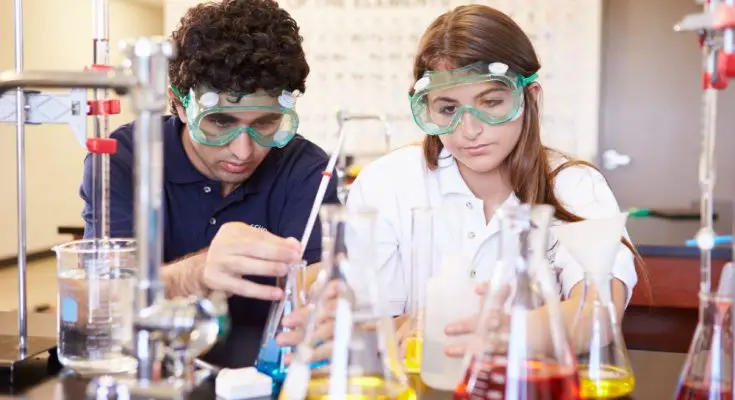Whether you’re starting a high school project or part of something much greater in scope, like a business or university, managing variables in science is important. One of those pesky variables that can make or break an experiment is temperature, and if you continue reading, you can learn why temperature is so important in science. Without managing temperature, all your experiments and data will fall dramatically away from your expectations.
Temperature Relates To Everything
There are many carefully calibrated materials and equipment in a laboratory setting. For example, if you want to mix some chemicals to create a reaction, you can do so. However, if the temperature in the lab is too high or if you heat the materials too much, the reactions themselves could become unstable.
A good way to understand the importance of temperature is to look at baking. It’s important to use room-temperature eggs and butter when baking a cake. Anything too cold can get in the way of combining the materials because the molecules are too rigid. Similarly, if things are too hot, they won’t be able to form those connections. Chemicals in the lab operate similarly, and keeping them in stable temperate states is critical for getting the best results for your experiments.
It Affects Equipment
One of the biggest ways that temperature is so important in science is that it can interfere with different equipment. When working in a laboratory, depending on the nature of the experiment, you are using precise technology. You and others in the lab troubleshoot this tech so it’s precise and can measure microscopic changes. This level of detail gives science credibility, but it’s also difficult to maintain.
Microscopic contaminants can interfere and throw off readings or, even worse, get inside the equipment and cause damage. For example, temperature control is fundamental to the stability and accuracy of lasers and laser equipment. Lasers heat up and become unstable, so most laser setups include temperature controls that manage this change, keeping the laser system accurate. In addition to keeping the readings accurate, the temperature controls ensure the system doesn’t heat up to the point where it begins to malfunction and break.
It Maintains Variables
There are many variables you cannot control when experimenting, but there are some you can. You should be able to monitor temperature, depending on the application. It’s difficult to keep temperatures stable when working with lasers, but temperature controls solve this. However, you can and should control the temperature if researching mold in Petri dishes.
Mold thrives in hot and humid environments, so if you’re examining the ability of a chemical to counteract mold, controlling temperature is something you must do. Leaving some Petri dishes in sunlight and others in a closet will interfere with the results. Keep everything in a contained environment, like a Petri dish fridge, so the temperature doesn’t taint the results of your experiment.
Temperature is so important in science because temperature changes can dramatically impact the validity of your experiments’ results. Additionally, the unchecked temperature can ruin certain equipment. The stability of a lab is crucial, which is why temperature controls are so important.



